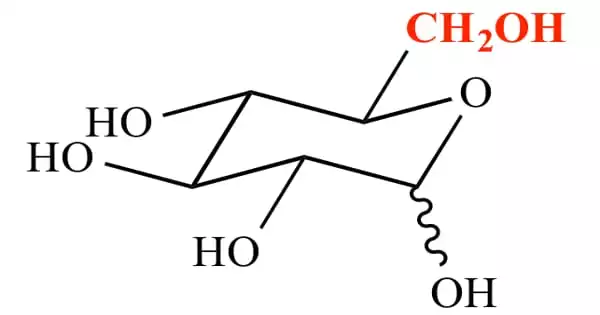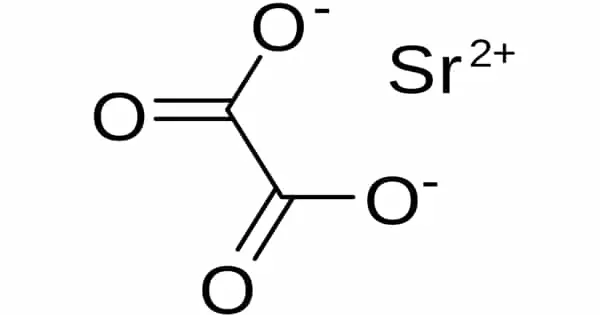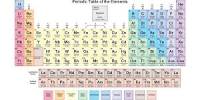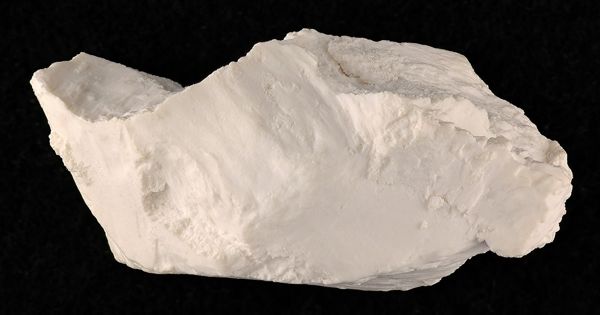Uronic acids are sugar acids that contain both carbonyl and carboxylic acid functional groups. They are sugars that have had the hydroxyl group closest to the carbonyl group oxidized to a carboxylic acid. The sugar is usually an aldose, but fructuronic acid can also occur. Instead, oxidation of the terminal aldehyde produces aldonic acid, whereas oxidation of both the terminal hydroxyl group and the aldehyde produces aldaric acid.
Uronic acids are sugars that have had the CH2OH group oxidized to form a carboxylic acid group. Uronic acids can be formed from hexoses, in which case they are known as hexuronic acids, and pentoses, in which case they are known as penturonic acids. The name of each uronic acid is usually derived from the sugar from which it was derived. We can calculate the contents of five different uronic acids: glucuronic acid (derived from glucose), 4-O-Methyl-D-Glucuronic Acid (also derived from glucose), galacturonic acid (derived from galactose), mannuronic acid (derived from mannose), and guluronic acid (from gulose).
Uronic acid names are generally derived from their parent sugars; for example, glucuronic acid is the uronic acid analog of glucose. Uronic acids derived from hexoses are referred to as hexuronic acids, whereas uronic acids derived from pentoses are referred to as penturonic acids.
Uronic acids are formed by oxidizing the hydroxyl group on aldose C6. The main uronic acids found in healthy grape wines are d-galacturonic acid and d-glucuronic acid, with concentrations ranging from 40 to 400 mg/L and 0 to 60 mg/L, respectively.
While uronic acids are typically minor components of lignocellulosic biomass, they can account for a significant portion of the total mass of some seaweeds. Furthermore, whereas glucuronic acid, 4-O-Methyl-D-Glucuronic Acid, and galacturonic acid are by far the most abundant uronic acids in terrestrial plant hemicelluloses, guluronic acid, and mannuronic acid are the most important uronic acids in seaweed. These are found in the alginic acid (or alignate) polysaccharides of seaweeds.
Examples
Some of these compounds have important biochemical functions; for example, many wastes in the human body are excreted in the urine as their glucuronate salts, and iduronic acid is a component of some structural complexes such as proteoglycans.
Uronic acids can be found as side chains attached to the main backbone of hemicelluloses. Softwood arabinoxylans, for example, have partial substitution of the xylan main chain by 4-O-Methyl-D-Glucuronic Acid, with the xylose to uronic acid ratio varying between 4:1 and 9:1. Other softwood hemicelluloses may also contain glucuronic acid and galactuornic acid.
Uronic acids are also found in grass hemicelluloses and are typically more abundant in the early stages of growth. Furthermore, the concentrations of uronic acids are highest in the nodes, lowest in the internodes, and intermediate in the leaves.
















